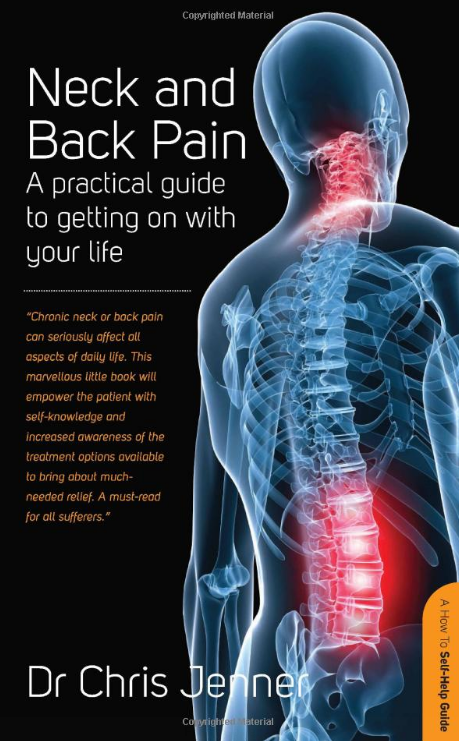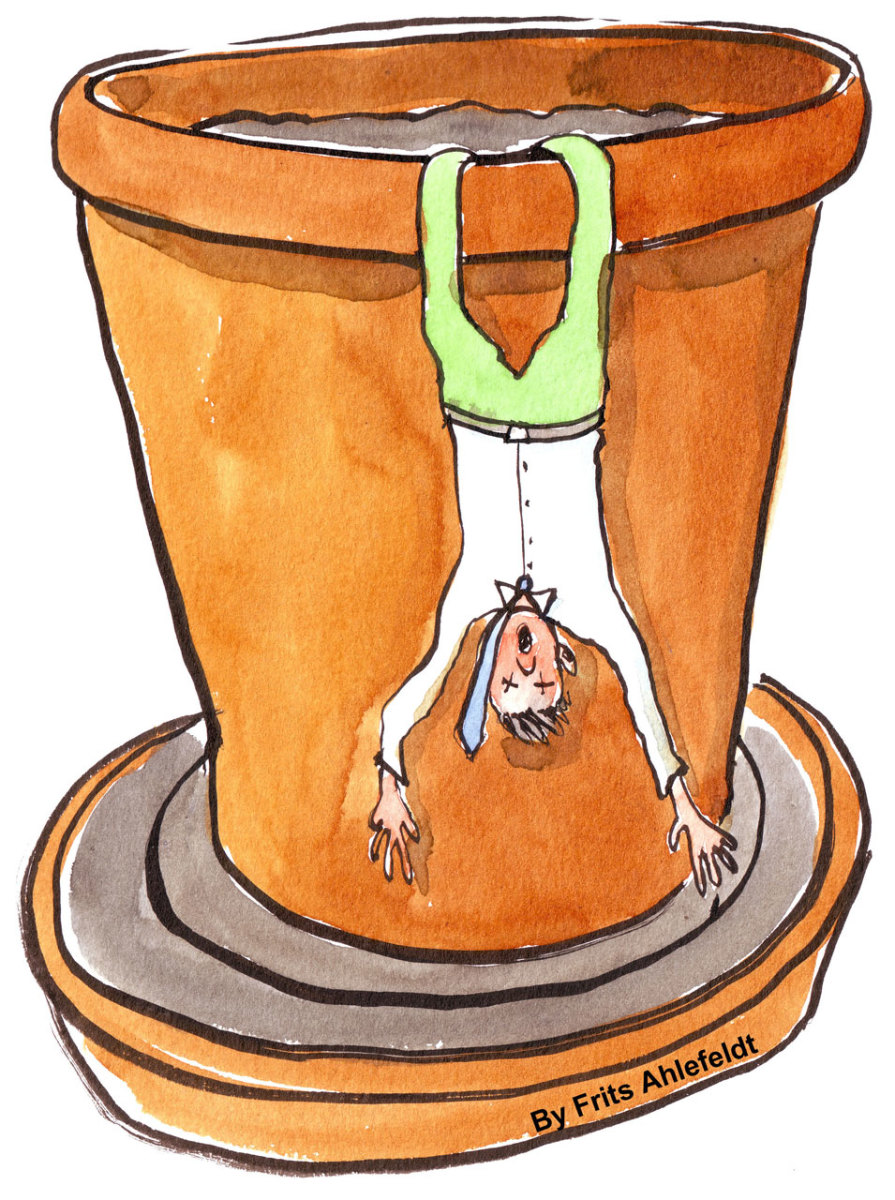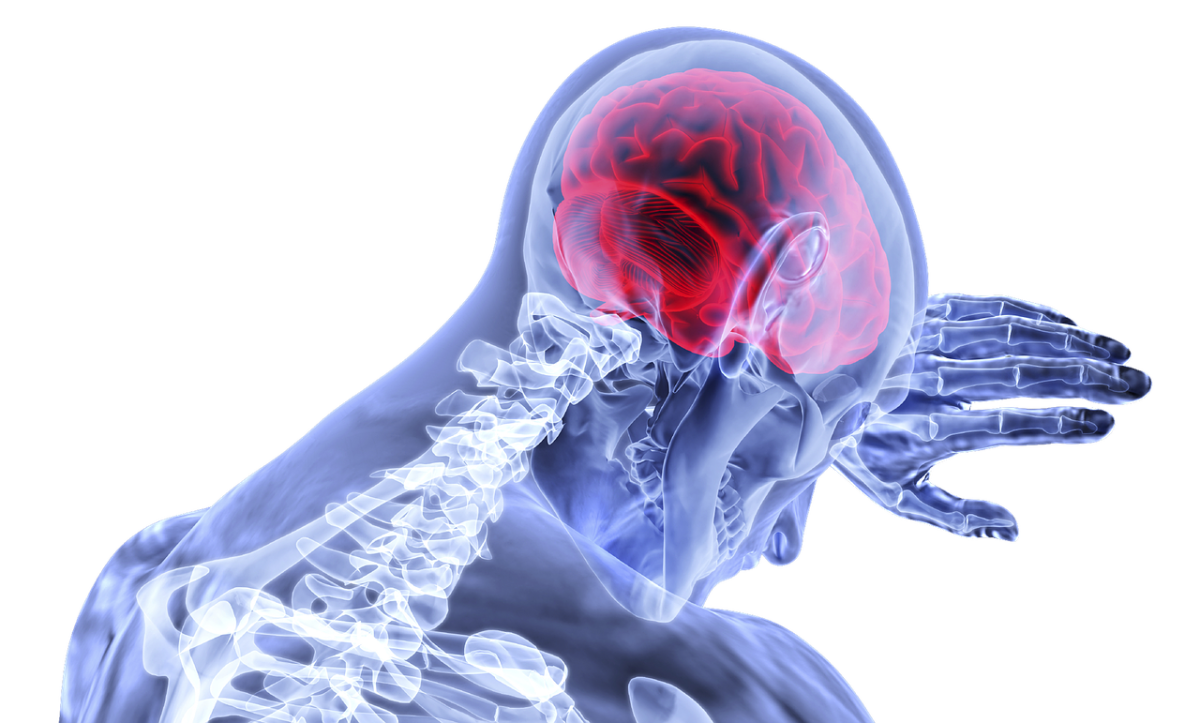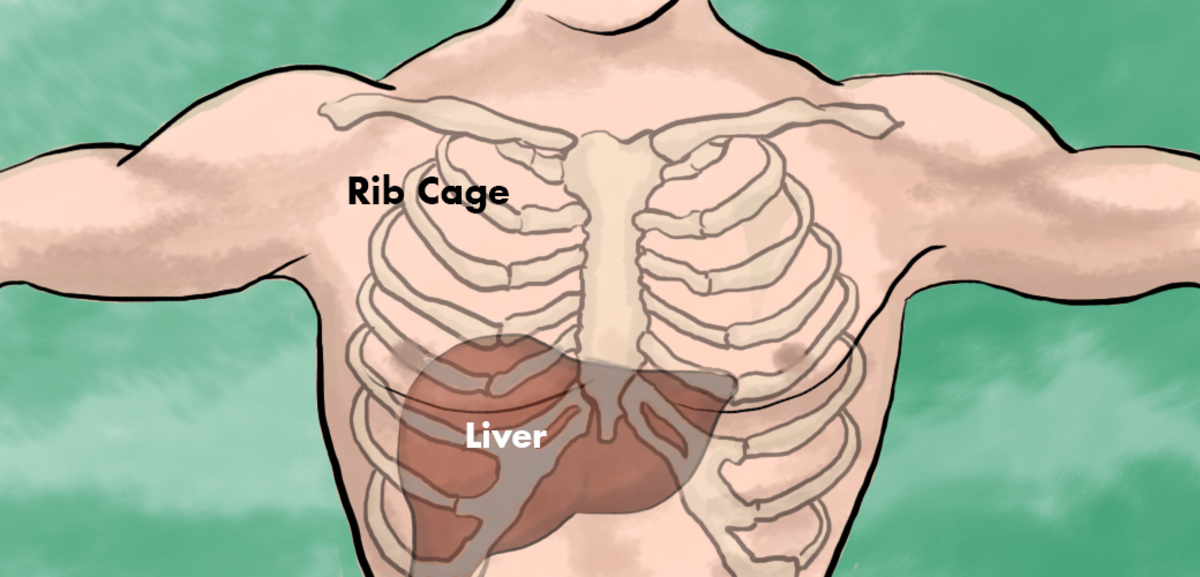The Role of Cognitive Behavioural Therapy in Treating Chronic Neck and Back Pain

Chronic neck and back pain causes misery to millions of people of all ages around the world.
Caused by accidents or injuries, by congenital or developmental disorders, other medical conditions or stress, it leads to many sufferers being in excruciating agony and trying to cope with severely restricted mobility, not to mention struggling with relationship and financial difficulties and feelings of stress, anxiety and depression.
Often though, it also leaves them with intense problems surrounding acceptance, and of course without truly accepting their conditions, they simply end up fighting an ongoing battle and are often reluctant to embrace the very changes which could ultimately help them to experience less pain.
Research has demonstrated time and time again that those people who suffer from serious, life-threatening illnesses such as cancer and AIDS but who accept their conditions and still maintain positive mental attitudes, not only live longer, but also experience lower-level symptoms and reduced amounts of pain.
The same is true though, of those who suffer from conditions which are chronic but not life-threatening, and that includes chronic neck and back conditions.
Trying to get into a positive mindset when your body is wracked with pain, when stiffness and a limited range of motion prevents you from carrying out the simplest of tasks, when your ability to work and earn a living is compromised and your relationships with your partner, family and friends are taking a turn for the worse is far from easy.
As the stress of the situation starts to take hold, so the levels of pain increase, thereby setting up a vicious cycle which becomes increasingly difficult to break.

In his book entitled Neck and Back Pain: A Practical Guide to Getting on With Your Life, Dr Chris Jenner talks, amongst other things, about the various treatment options which are available to people suffering from chronic neck and back conditions.
As someone who works daily with patients affected by neck and back pain in his roles as consultant in pain medicine at the Imperial Healthcare NHS Trust in London and Medical Director of the London Pain Clinic, however, Dr Jenner sees firsthand how the failure to tackle chronic pain from a variety of different angles can lead to prolonged and unnecessary suffering.
Dr Jenner’s belief in a multi-disciplinary approach to the treatment of chronic pain is one which is supported by many in the medical profession, and with very good reason.

If pain were nothing more than a physical sensation, then it might make a good deal of sense to treat it solely with prescription or non-prescription drugs.
Pain though, is also a sensory and emotional experience, which means that addressing it fully involves dealing with the psychological issues that it raises.
We humans are complex beings and when it comes to the experience of pain, there are direct links between what we think and how we feel.
While two separate individuals might suffer from exactly the same condition at the same level of severity, if one allows their physical condition to get the better of them while the other tackles it proactively and with a positive frame of mind, only the latter will make significant improvement and experience a better quality of life.
Cognitive behavioural therapy, or CBT for short, is a form of treatment which aims to alter the way that chronic pain sufferers think about their conditions (the cognitive element) so that they can then make positive changes to their behaviour which ultimately reduce stress, eliminate or decrease levels of pain and vastly improve the overall quality of life.
Although cognitive behavioural therapy is a form of psychotherapy which is used to treat a wide range of conditions, when included as part of a multi-disciplinary treatment programme for chronic pain, its aim is not to explore deep-rooted emotional and psychological problems which often stem from childhood, but rather to provide practical solutions for coping with pain.
As patients acquire the tools for managing their conditions, so they are able to take back the control of their own lives, such as by learning how to relax, how to manage feelings of stress and anger, how to plan and pace their activities and how to stretch themselves in order to achieve improvements in their physical function.
Because these tools come from an increased understanding of chronic pain and how it affects the human body and mind, as well as from increased self-awareness, they are ones which can be drawn upon at will and continually developed so that they ensure long-lasting recovery.
Being able to spot immediately when patterns of negative thinking are beginning to take hold and having techniques at their disposal to replace these with more positive and productive ways of thinking, for example, can prevent the vicious cycle of pain-stress-pain from developing in the first place.

Cognitive behavioural therapy is either conducted on a one-to-one basis or in a group setting as appropriate.
While some people instinctively recoil at the mention of any kind of group therapy, in fact it can offer several advantages over individual therapy sessions.
To begin with, many people find that they benefit from the feeling of validation that they get from being in contact with other people who are struggling with similar challenges to themselves.
In addition, however, the sharing of different coping strategies can be immensely beneficial to all.
The power of the human mind to affect the functioning of the body is nothing short of phenomenal and what most people experience after attending cognitive behavioural therapy sessions is everything from improvements to their coping abilities and increases in their levels of self-esteem to the alleviation of fear and hopelessness, a greater sense of motivation and vast improvements in their moods.
With the upturn in their emotional and psychological states, however, come immense reductions in the severity of the physical symptoms associated with neck and back conditions.
As Dr Jenner explains in Neck and Back Pain: A Practical Guide to Getting on With Your Life, it is only when the physical, emotional and psychological elements of chronic pain are treated in unison that the most effective levels of recovery can be achieved.
For more information on Treating Chronic Neck and Back Pain visit
- London Pain Clinic
Articles about pain from the London Pain Clinic
This hub brought to you....
by Julie-Ann Amos, professional writer, and owner of international writing agency www.ExquisiteWriting.com
Why not create your own HubPages? It's fun and you can make revenue from Adsense and other revenue streams on your pages. JOIN HUBPAGES NOW - SIMPLY CLICK HERE...
This work is licenced under the Creative Commons Attribution-Non-Commercial-No Derivative Works 3.0 Unported License. To view a copy of this licence, visit http://creativecommons.org/licenses/by-nc-nd/3.0/ or send a letter to CreativeCommons, 171 Second Street, Suite 300, San Francisco, California94105, USA.






